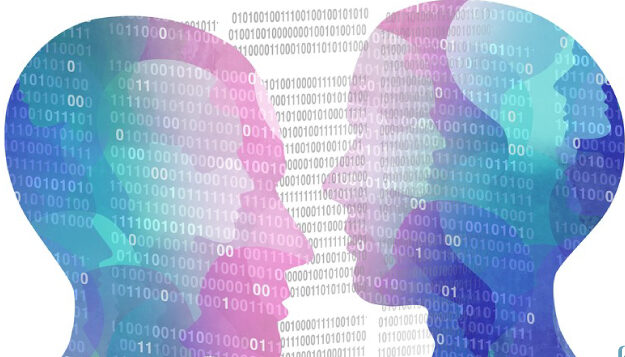December 28, 2022
Blog
What Is Voice Cloning?
Introduction
Voice cloning is a technology that allows you to create a computer-generated version of a person’s voice that sounds like the original speaker. This can be done by training a machine learning model on a large dataset of audio recordings of the person’s voice to create a custom neural voice. The model can then synthesize new audio that sounds like the person speaking.
There are different approaches to voice cloning, ranging from basic concatenative synthesis (which involves linking together fragments of recorded speech). To more sophisticated techniques such as neural machine translation and neural text-to-speech synthesis. The quality of the generated custom neural voice depends on the quality of the training data and the complexity of the model used.
Voice cloning has a number of different applications, including the creation of personalized virtual assistants and the creation of a brand voice. As well as the generation of audio content for language learning or entertainment purposes. And the development of assistive technologies for individuals with speech impairments.
How Does Voice Cloning Work?
Voice cloning involves training a machine learning model on a sizeable dataset of audio recordings of a person’s voice. The goal of the model is to learn the patterns and characteristics of a person’s speech so that it can synthesize an audio voice that sounds like the person speaking.
There are a number of approaches to voice cloning. Ranging from basic concatenative synthesis which involves linking together fragments of recorded speech. To more sophisticated techniques such as neural machine translation and neural text-to-speech synthesis.
Different approaches to voice cloning:
Concatenative synthesis
Works by dividing the audio recordings into small segments called “units,” which can be combined to create new sentences. The model learns to select the appropriate units based on the context of the sentence and the desired prosody (e.g. rhythm, tone, and emphasis).
Neural machine translation
Involves training a model to translate text into speech by learning to predict the spectral characteristics of the audio signal given text input. Neural text-to-speech synthesis involves training a model to generate an audio signal given a text input. This approach is much more complex than concatenative synthesis and requires a much larger dataset, but it can produce more natural-sounding audio.
Once the model has been established, it can be used to synthesize new audio by providing it with a text input and generating an audio signal that sounds like the person speaking. The quality and sophistication of the generated audio depend on the quality of the training data and the complexity of the model used.

What commercial value does voice cloning have?
There are a number of different commercial benefits to voice cloning as it enables businesses to communicate efficiently. As well as always staying in contact through twenty-four seven communication service with customers. For brands, it enables them to create their own voice identity. It can also help people with speech impediments and be used for educational purposes
Personalized virtual assistants:
Companies can use voice cloning to create personalised virtual assistants that sound like their employees or customers. This can help to create a more human-like and personalized experience for customers. As well as creating cost efficiencies for the business that ultimately can be passed on to the end customer.
Voice branding:
Voice cloning technology can be used to create a computer generated version of a brand’s voice that sounds like the original speaker. This can be done by training a machine learning model on a sizeable dataset of audio recordings of the brand’s voice. The model can then create new audio that sounds like the brand speaking.
Audio content generation:
Voice cloning can be used to generate audio content for language learning or entertainment purposes. For example, companies can use technology to create personalized language learning programs that use a native speaker’s voice to teach a new language.
Assistive technologies:
Voice cloning can be used to develop assistive technologies for individuals with speech impairments. For example, individuals with conditions such as dysarthria or laryngectomy may be unable to speak or may have difficulty producing speech that is easily understandable. Voice cloning technology can be used to synthesize speech that sounds like the person’s natural voice. This can help to improve communication and increase independence.
Customer service:
Companies can use voice cloning technology to improve the efficiency and effectiveness of their customer service operations. For example, they can use the technology to generate automated responses to customer inquiries that sound like a human representative. Thereby reducing the need for human customer service agents.
Overall, voice cloning technology has the potential to improve customer experience, increase efficiency, and reduce costs for businesses in a variety of industries.

How to get started with voice cloning?
It’s important to note that voice cloning technology is complex and requires a strong understanding of machine learning and natural language processing. If you are new to these areas, you will need to seek out additional resources and guidance to get started with voice cloning.
One of the best information resources and providers of customer neural voice in the market is Microsoft Azure. As they have a wealth of information and the most robust and stable voice cloning technology in the market. You can find out more here
AudioHarvest can provide such a service if required in terms of advice and creating an AI voice. Just click here to contact us
More from our blog
Blog
Amplifying Engagement:
Blog
How to create a company podcast
Blog
